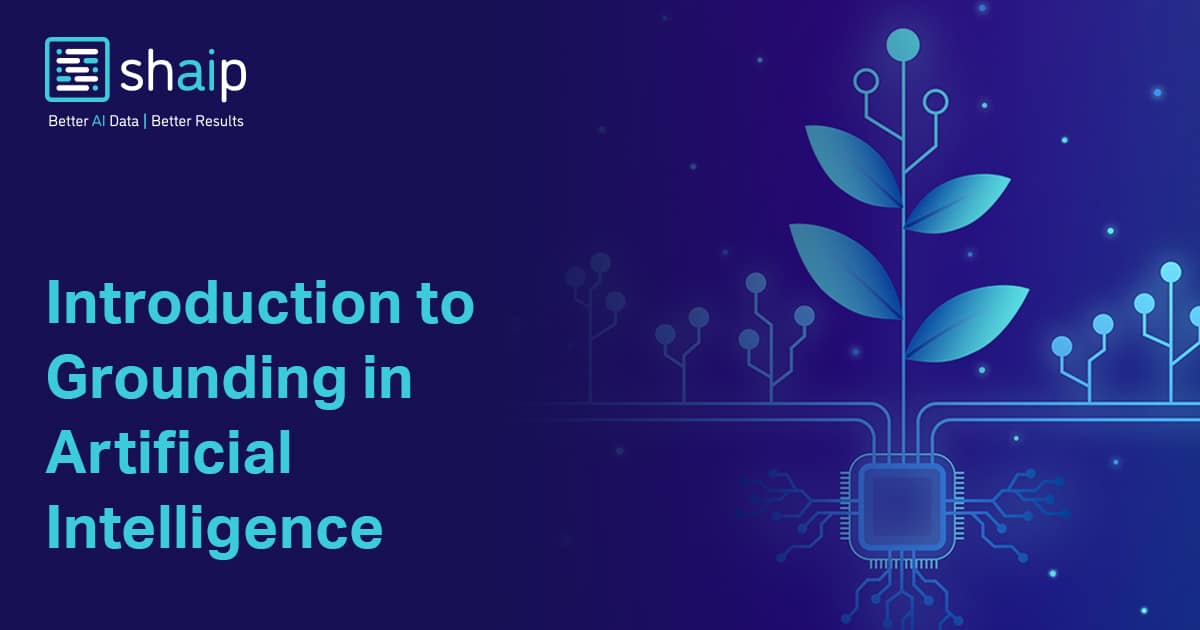Introduction to Grounding in Artificial Intelligence
In the fast-changing landscape of artificial intelligence, Large Language Models (LLMs) have become powerful tools that generate human-like text. However, these outputs are not always accurate or contextually appropriate. That’s where grounding AI comes in—anchoring models to real-world data to improve factuality and relevance.
Ungrounded models might sound coherent but can be misleading or flat-out wrong. In high-stakes sectors like healthcare, finance, and legal services, grounding is vital for ensuring trust and reducing harmful outcomes.
The Importance of Grounding in Language Models
Without grounding, AI models often “hallucinate“—producing content not based on actual data. This can lead to dangerous misinformation, like flawed medical or legal advice.
Real-world examples show the risks: an AI chatbot once shared inaccurate legal information, creating confusion and eroding trust. Grounding is essential to keep models both logical and reliable.
Techniques for Grounding AI
Here are key methods that help AI stay tethered to real-world truth:
External Database Integration
Connects AI to structured, vetted databases for accurate outputs.
These techniques enhance both the accuracy and context-awareness of AI systems.
Advantages of Grounded AI Systems
Grounded AI models offer significant benefits:
Enhanced Accuracy
Reduced risk of spreading false information.
Increased User Trust
Reliable responses build credibility with users.
Contextual Relevance
Grounded responses match real-world scenarios, making interactions more useful.
Industries like healthcare, finance, and law especially benefit from this precision.
Implementing Grounding in Practice
To implement grounding effectively:
- Identify Reliable Data Sources: Use trustworthy repositories relevant to your use case.
- Integrate Data Retrieval Tools: Build systems that allow real-time access to external data.
- Apply Human Feedback: Use RLHF to teach models through human review.
- Monitor and Evaluate Outputs: Continuously check AI outputs for factuality and adjust as needed.
These practices help organizations build AI systems that are both intelligent and dependable.
Challenges in Grounding AI
Grounding isn’t without its hurdles:
Data Quality
Outdated or inaccurate sources can undermine the process.
Scalability
Grounding across multiple tasks & domains is technically complex.
Ethical Concerns
Grounding must respect privacy and avoid biased data use.
These challenges must be addressed to ensure grounded AI lives up to its promise.
Future of Grounding in AI


- Advanced Integration Methods: More seamless and scalable data connections.
- Human-AI Collaboration: Humans guiding and validating AI learning.
- Focus on Explainability: Making AI decisions more transparent and accountable.
These shifts will push AI toward greater responsibility and trustworthiness.
Conclusion
Grounding AI is a critical step toward building smarter, more reliable language models. By connecting AI outputs to real-world data, we can enhance the accuracy, relevance, and trustworthiness of these systems. As AI continues to integrate into various aspects of our lives, grounding will play an essential role in ensuring that these technologies serve us effectively and responsibly.
FAQs
What is grounding in AI?
It’s the process of linking an AI model’s outputs to real-world data to ensure factual, relevant responses.
Why is grounding important?
It prevents the generation of misleading or false information, making AI more reliable.
How does grounding improve AI reliability?
It connects AI to verified sources, reducing errors and hallucinations.
What are common grounding techniques?
RAG, RLHF, and integration with external databases.
What challenges exist in grounding AI?
Challenges include ensuring data quality, managing scalability, and addressing ethical considerations such as privacy and bias.
How will grounding evolve in the future?
Future developments may involve more advanced integration methods, increased human-AI collaboration, and a greater emphasis on explainability and transparency.












